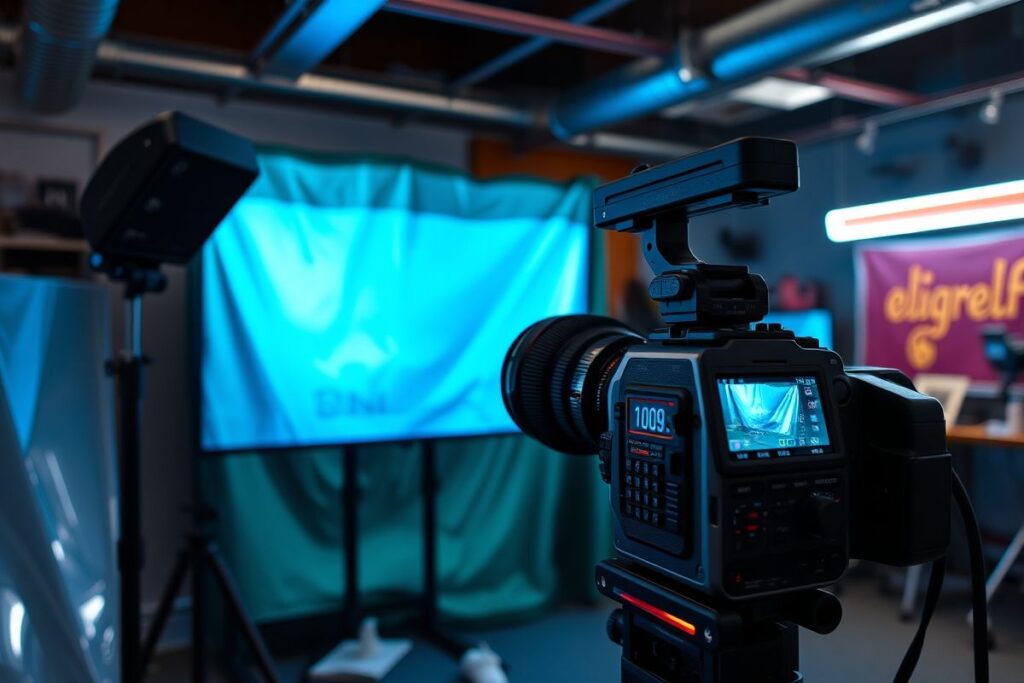So, you’re staring longingly at those glorious OLED screens, mesmerized by their inky blacks and vibrant colors, but your wallet is giving you the side-eye. We get it. High-end displays can be a significant investment. But fear not, budget-conscious gamer, movie enthusiast, or everyday computer user! You absolutely can survive, and even thrive, with a less-than-stellar, shall we say, “trash” setup. This article is your guide to making the most of what you have, squeezing every last drop of performance and visual fidelity from your existing monitor. We’ll cover everything from tweaking software settings to clever DIY hacks that can significantly improve your viewing experience. Get ready to transform your “trash” setup into a treasure, proving that you don’t need to break the bank for a decent picture.

Embracing the Budget-Friendly Display Life
Optimizing Your Existing Hardware
First things first, let’s assess what you’re working with. Even older monitors often have hidden potential. Dive into your monitor’s on-screen display (OSD) menu. You’ll likely find options for brightness, contrast, color temperature, and sharpness. Experiment with these settings. There’s no one-size-fits-all solution, so adjust based on your specific monitor and ambient lighting conditions. A slightly lower brightness can significantly reduce eye strain, especially in dimly lit rooms.
Next, consider the physical placement of your monitor. Direct sunlight can wash out the image, while reflections can be distracting. Position your monitor to minimize glare and maximize visibility. A simple adjustment can make a world of difference. You might also consider investing in a cheap monitor hood or even crafting one yourself from cardboard. These can block out stray light and improve perceived contrast.
Don’t forget about your graphics card settings. Adjusting resolution, refresh rate, and color settings within your graphics driver can dramatically impact the quality of your display output. Experiment with different configurations to find the sweet spot between performance and visual quality. Sometimes, even a small tweak can yield significant improvements.
Software Solutions for Enhanced Visuals
Several software tools can help improve your monitor’s performance. Calibration software can help you fine-tune color accuracy and create custom profiles for different lighting conditions. While professional-grade calibration tools can be expensive, free options are available online and can offer noticeable improvements. Explore options and find the one that best suits your needs.
Another valuable tool is software that allows you to adjust color temperature. Applications like f.lux can dynamically adjust the color temperature of your display throughout the day, reducing eye strain and improving sleep quality. These programs mimic the natural shift in sunlight, making your display warmer in the evening and cooler during the day.
Lastly, don’t underestimate the power of basic image editing software. Simple adjustments to brightness, contrast, and color saturation can significantly enhance image quality. Even free tools can offer basic editing capabilities that can improve your viewing experience.
The Power of Ambient Lighting
Creating an Immersive Experience
Ambient lighting can dramatically improve the perceived quality of your display. By adding a soft, indirect light source behind your monitor, you can reduce eye strain and enhance contrast. This “bias lighting” technique can make your display appear to have deeper blacks and more vibrant colors, even on a budget monitor. Several affordable bias lighting kits are available online.
Consider the color of your ambient lighting. Warm white or neutral white light is generally recommended for reducing eye strain. However, you can experiment with different colors to create a specific mood or atmosphere. Just avoid bright, harsh lighting, as this can detract from the viewing experience.
Strategically placed lamps or LED strips can further enhance the ambiance and reduce eye strain. Avoid positioning lights that directly shine on the screen, as this can cause glare. Instead, aim for a soft, diffused light that complements your display.
DIY Hacks for Monitor Improvement
Simple Tweaks, Big Results
A little ingenuity can go a long way in improving your “trash” setup. For example, a simple piece of black cardboard strategically placed around the edges of your monitor can reduce reflections and improve perceived contrast. This is a quick, inexpensive solution that can surprisingly effective.
If your monitor stand lacks adjustability, consider DIY solutions. Books, boxes, or even reams of paper can be used to raise your monitor to a more ergonomic height. Ensuring proper monitor placement can significantly reduce neck and eye strain.
Cleaning your monitor regularly can also make a surprising difference. Dust and fingerprints can significantly impact image quality. Use a microfiber cloth and a screen-cleaning solution to gently wipe down your monitor, revealing a clearer, sharper image.
Frequently Asked Questions
| Improvement Method | Cost | Effectiveness |
|---|---|---|
| Software Calibration | Free – $$ | Medium – High |
| Bias Lighting | $ – $$ | Medium – High |
| DIY Hacks (cardboard, etc.) | Free – $ | Low – Medium |
- Adjust brightness and contrast
- Use calibration software
- Implement bias lighting
- Explore DIY hacks

Leave a Reply